
邀请爱康集团做客直播间,介绍爱康携手鸿蒙生态共建全流程健康体系

项目主页
vikit-learn是一个使用Python开发的基于深度学习技术的计算机视觉处理工具包。
该软件包旨在提供一系列易于使用的工具,可以处理实际任务。
该项目仍在积极建设和开发中,敬请期待这部作品!
目前支持:图像分类、对象检测、语义分割、关键点和联合检测、OCR
Installation
Dependencies
- matplotlib>=3.7.5
- torch>=2.4.0
- torchvision>=0.19.0
- torchmetrics>=1.4.2
- lightning-utilities>=0.11.7
- faster-coco-eval>=1.6.0
- pycocotools>=2.0.7
- opencv-python>=4.10.0
- flet>=0.24.0
- shapely>=2.0.6
- tqdm>=4.66.5
With pip
pip install git+https://github.com/bxt-kk/vikit-learn.git
Usage
Training model
# Import `pytorch` and `vklearn` import torch from torch.utils.data import DataLoader from vklearn.trainer.trainer import Trainer from vklearn.trainer.tasks import Detection from vklearn.models.trimnetdet import TrimNetDet as Model from vklearn.datasets.oxford_iiit_pet import OxfordIIITPet dataset_root = '/kaggle/working/OxfordIIITPet' dataset_type = 'detection' device = torch.device('cuda' if torch.cuda.is_available() else 'cpu') batch_size = 16 lr = 1e-3 lrf = 0.2 # Get default transforms from TRBNetX train_transforms, test_transforms = Model.get_transforms('cocox448') # Create datasets train_data = OxfordIIITPet( dataset_root, split='trainval', target_types=dataset_type, transforms=train_transforms) test_data = OxfordIIITPet( dataset_root, split='trainval', target_types=dataset_type, transforms=test_transforms) # Create model TrbnetX model = Model( categories=train_data.classes, ) # Create DataLoader train_loader = DataLoader( train_data, batch_size, shuffle=True, drop_last=True, collate_fn=model.collate_fn, num_workers=4) test_loader = DataLoader( test_data, batch_size, shuffle=False, drop_last=True, collate_fn=model.collate_fn, num_workers=4) print(len(train_loader)) # Build object detection task task = Detection( model, device, metric_options={'conf_thresh': 0.05}, ) # Build a trainer by specifying the training task and setting up trainer parameters trainer = Trainer( task, output='/kaggle/working/catdog', checkpoint=None, train_loader=train_loader, test_loader=test_loader, epochs=10, lr=lr, lrf=lrf, show_step=50, drop_optim=True, drop_lr_scheduler=True, save_epoch=5) # Initialize the trainer, then perform training. trainer.initialize() trainer.fit() Upon training completion, there will be visualization images of model training results in the /kaggle/working/logs/ directory:
Based on the focal-boost loss function I designed, the model can be successfully trained on tasks with extremely low positive sample ratio.
Using model
We can call the trained model for object detection in the following way:
# Import `vklearn` from vklearn.models.trimnetdet import TrimNetDet as Model from vklearn.pipelines.detector import Detector as Pipeline pipeline = Pipeline.load_from_state(Model, '/kaggle/working/catdog-best.pt') import matplotlib.pyplot as plt from PIL import Image img = Image.open('??YOUR IMAGE PATH??') # Detect and display results objs = pipeline(img, align_size=448) print(len(objs), objs) fig = plt.figure() pipeline.plot_result(img, objs, fig) plt.show() Here are some examples:
Here are some examples of image classification:
Here are some examples of semantic segmentation:
Here are some objectives that support directional localization, which is implemented based on keypoint&joint detection technology:
Here are some examples of text detection in natural scenes:
Here are some examples of Optical Character Recognition (OCR):


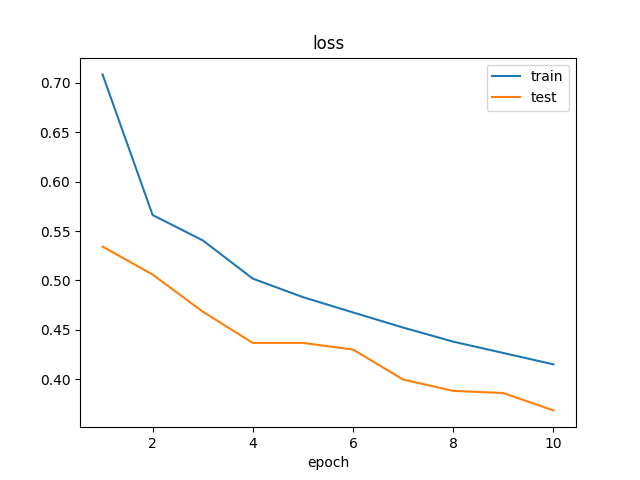
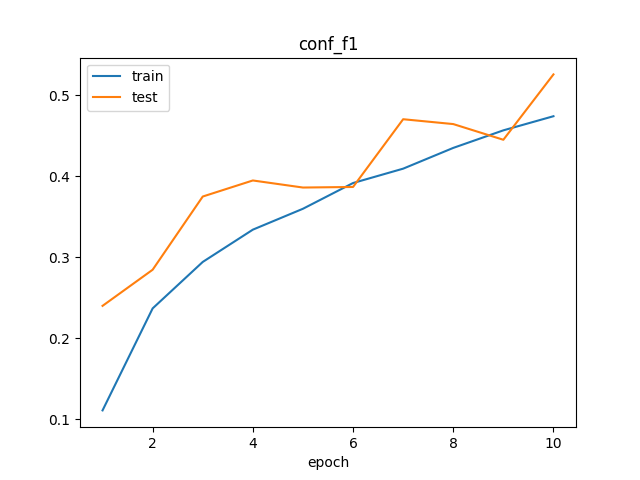
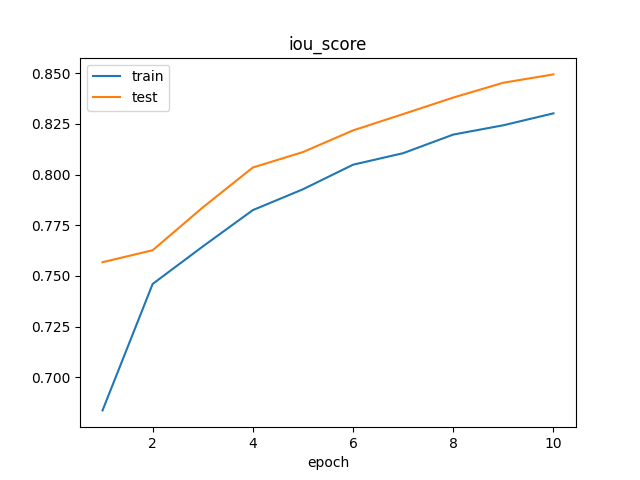





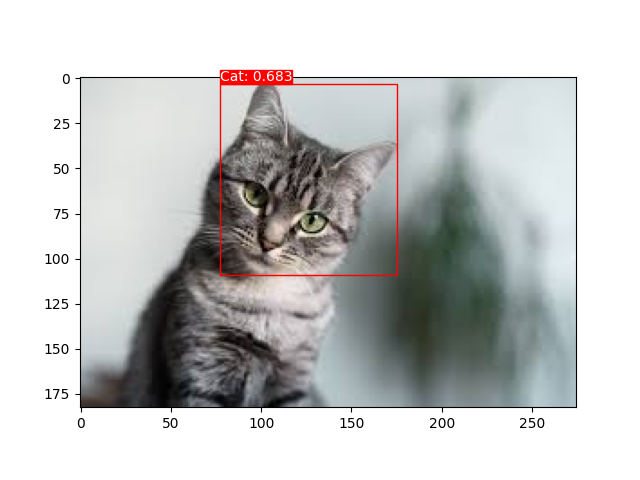
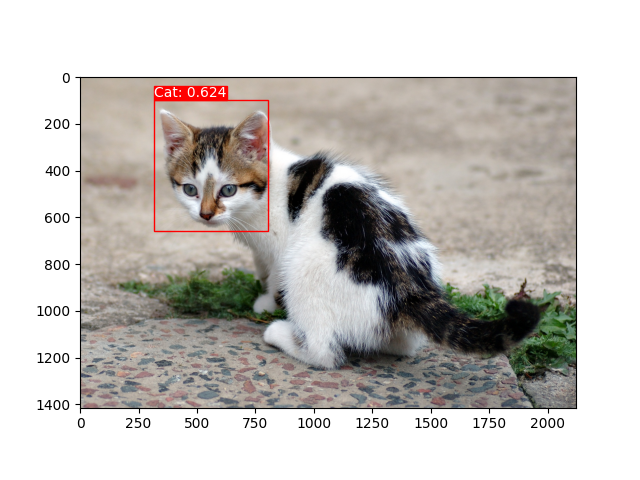


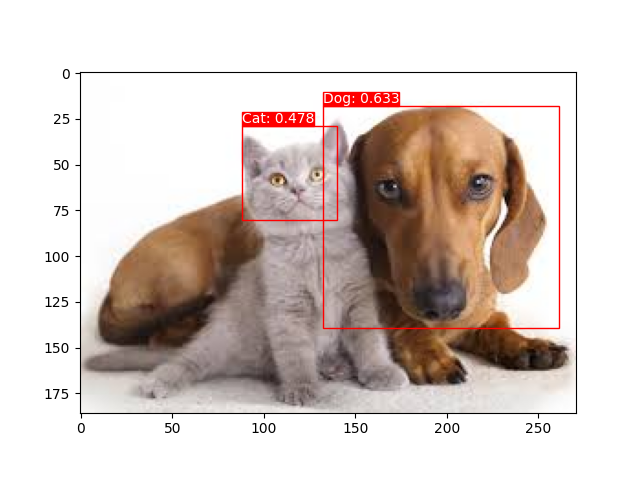
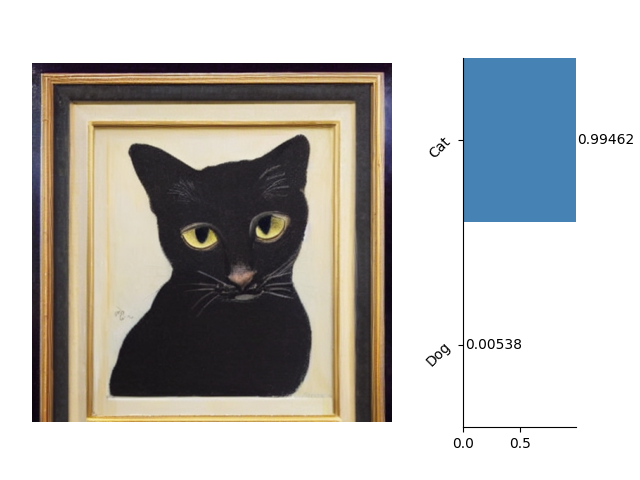


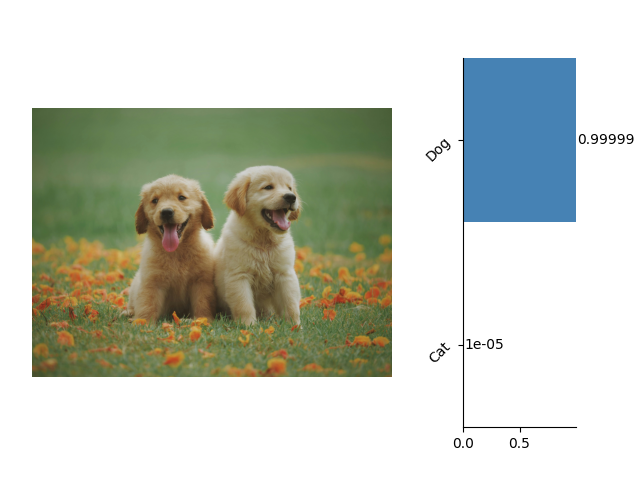




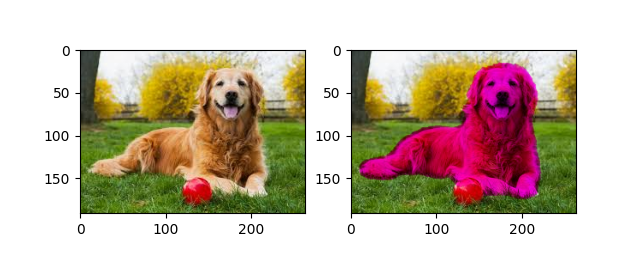

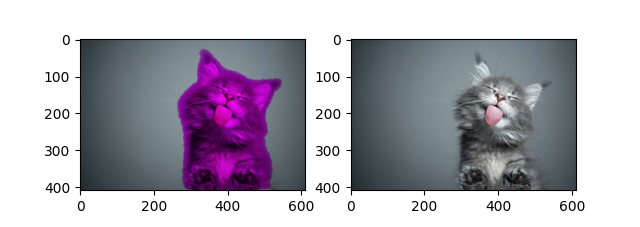


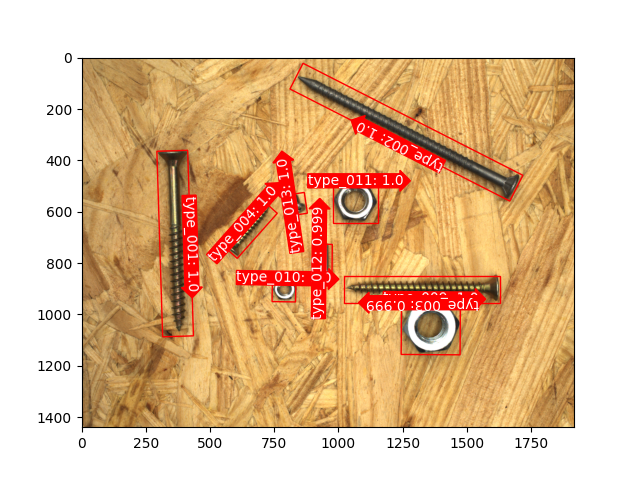
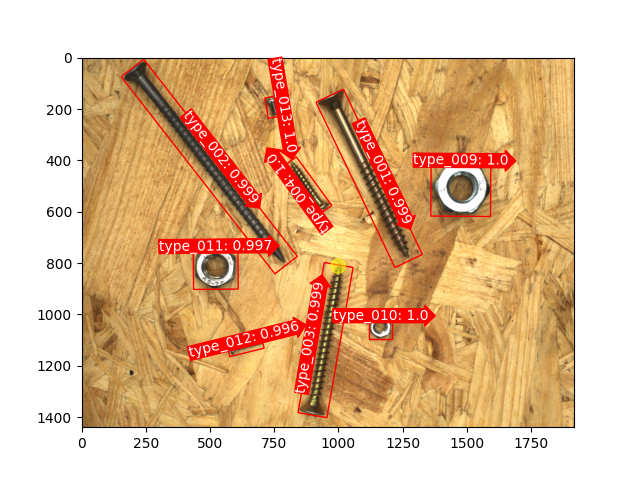
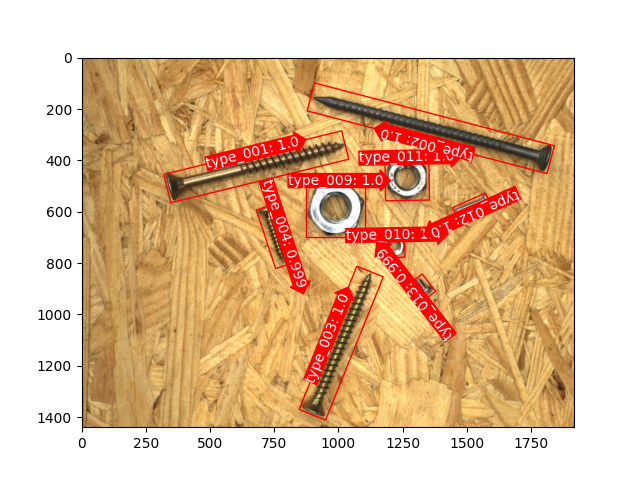
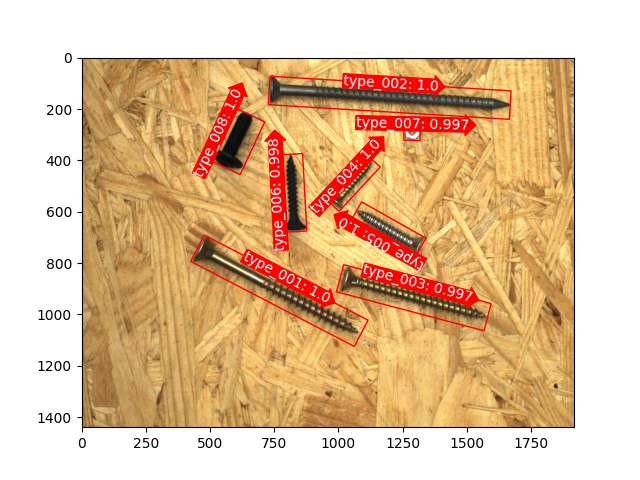
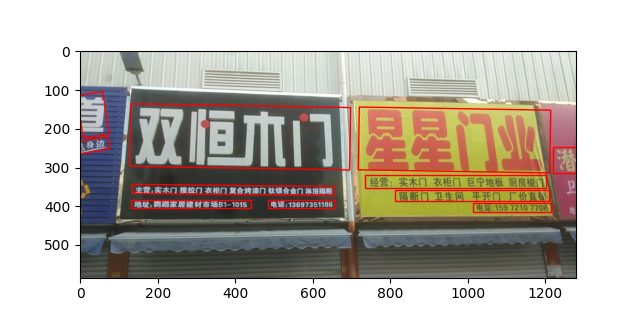
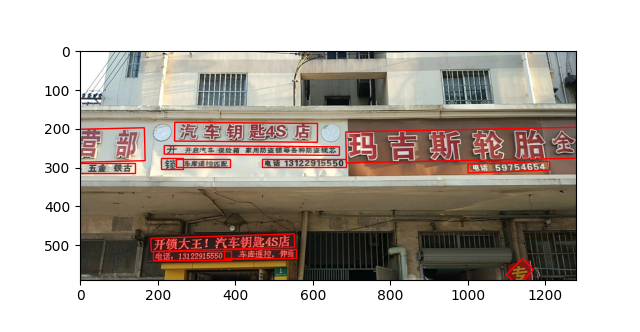


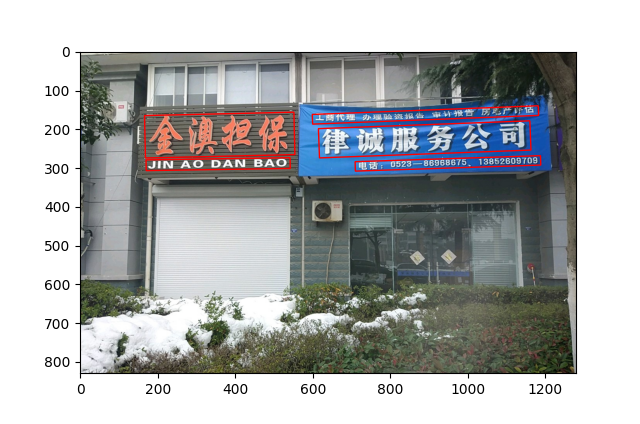












还没有评论,来说两句吧...